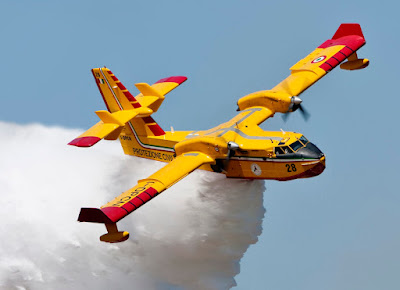Using seawater to extinguish forest fires is generally not an effective or recommended approach. While seawater contains water, which can help in firefighting efforts, it also has several characteristics that make it unsuitable for extinguishing forest fires.
Here are a few reasons why seawater is not commonly used to combat forest fires:
Salt content: Seawater contains a high concentration of salt, which can have detrimental effects on vegetation and the soil. Saltwater can dehydrate plants and disrupt their ability to absorb nutrients, causing long-term damage to the ecosystem.
Corrosion: The salt in seawater can also cause corrosion and damage to firefighting equipment, such as hoses, pumps, and vehicles. The corrosive nature of seawater can reduce the operational lifespan of firefighting equipment and increase maintenance costs.
Limited freshwater supply: In many firefighting scenarios, especially in remote areas, the availability of freshwater may be limited. Using seawater in such situations could potentially deplete precious freshwater resources that are needed for other critical purposes, such as drinking water for firefighters and local communities.
Aerial firefighting challenges: Seawater cannot be effectively used for aerial firefighting. Dropping seawater from aircraft can cause significant environmental damage and harm aquatic ecosystems, as the high salt content could contaminate water bodies and kill marine life.
Instead of seawater, firefighting agencies utilize freshwater sources, such as lakes, rivers, and reservoirs, as well as specially designed fire retardants and foams. These materials are formulated to optimize fire suppression, minimize environmental impacts, and prevent the spread of flames.
It's worth noting that when tackling forest fires, firefighting efforts involve a combination of strategies, including creating firebreaks, using specialized firefighting equipment, coordinating ground crews, and employing aerial techniques when appropriate. The best approach to combating forest fires depends on the specific circumstances and resources available, with a focus on the safety of firefighters, protection of communities, and preservation of natural ecosystems.
Source: Some or all of the content was generated using an AI language model


No comments:
Post a Comment
Contact The Wizard!
(he/him)